22 years old with 13 years of kidney failure
A petite girl with dyed pink hair stands out in the middle of the dialysis room at Duc Giang General Hospital. At the age of 22, PQA has been living with a kidney machine for 13 years.
Holding an iPad in his right hand and wearing headphones, A. tried to immerse himself in the sounds of music and Chinese lessons to drown out the "chilling" beeping of the dialysis machine next to him.
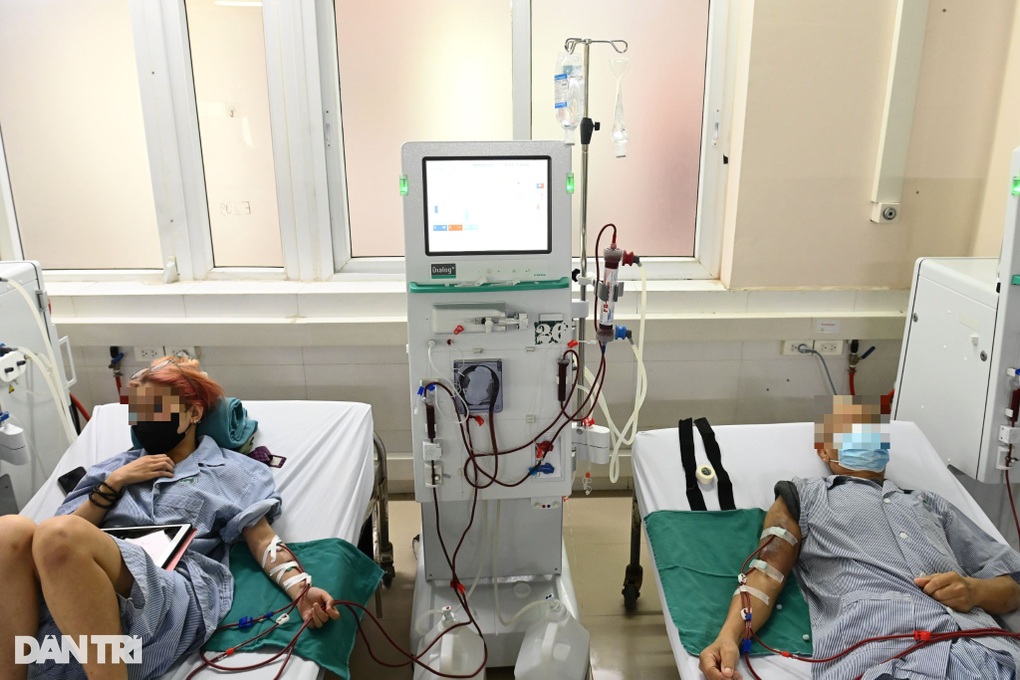
At the age of 22, PQA has lived with a kidney machine for 13 years (Photo: Hai Long).
“I had chronic kidney disease at the age of 9, and was diagnosed after going to several hospitals. When it was discovered, it was already in the final stage. The doctors at that time could not even give me nutrients through my arm, so I had to do peritoneal dialysis,” A. said.
The young girl said that during her treatment at the National Children's Hospital, she witnessed many children like her, and some were even younger.
Having suffered from kidney failure since childhood, A.'s body did not develop normally, and she remained small for many years. It was not until she was 12 years old, after her first kidney transplant, that she began to show signs of physical development again.

Three times a week, A. has to have dialysis to stay alive.
However, after only 5-6 years, the transplanted kidney stopped working due to body rejection, forcing her to return to regular dialysis to sustain life.
After dropping out of school in 5th grade, A. was no longer allowed to bring his school bag to school every morning.
“When I was sick, I couldn’t grow any more, and I couldn’t go to school even though I really wanted to. I felt so tired that I didn’t want to eat or drink anything. Seeing my friends go to school while I had to stay in the hospital, I sometimes felt very sad,” A. confided.
The burden of billions in hospital fees
Currently, A. is one of the youngest patients at the treatment facility. Previously at the National Children's Hospital, she was one of the older patients compared to the average.

A. is currently one of the youngest patients in the hemodialysis room (Photo: Hai Long).
Despite being sick since childhood, A. still tries to take care of herself as much as possible. The young girl shared that she has been conscious since she was a child, so she can still bathe and take care of herself, although she still has to rely mainly on the care of her family.
“After more than ten years of treatment, the cost of medicine has been the biggest burden. There were months when I had to buy a whole bunch of medicine, bring it home, and use it continuously. The cost up to now must have been 3-4 billion VND.
Luckily, insurance covers most of it. Now I go to dialysis myself, without bothering anyone. But looking at the old men and women here who always need someone to help me, I realize how lucky I am,” A. confided.
Each dialysis session lasts 3-4 hours. The young girl chose to learn a foreign language as a way to look towards the future and forget the fatigue.
Apart from the time she had to undergo dialysis at the hospital, A. spent most of her time at home studying Chinese on her own. Before that, she had taken a formal class for a few months, but after finding a suitable learning method, A. switched to self-study.
“I study not because of temporary interest, but because I really want to have a job in the future, even if my health gets worse, I can still teach online. It helps me have the motivation to try, now I study almost every day, sometimes I take a break when I am tired, but I don’t give up completely,” A. shared.
Series of causes leading to kidney failure
According to Dr. Nguyen Huu Tu, Permanent Vice President and General Secretary of the Vietnam Young Physicians Association, kidney disease is one of the most common chronic diseases today with a rapidly increasing incidence in Vietnam and the world .
Vietnam currently has more than 10 million people with chronic kidney disease. The number of new cases is increasing, with 8,000 new cases each year. The rate of patients progressing to end-stage renal failure accounts for 0.1% of the population. Kidney failure is not only a burden on health and spirit, but also causes economic exhaustion for many families.
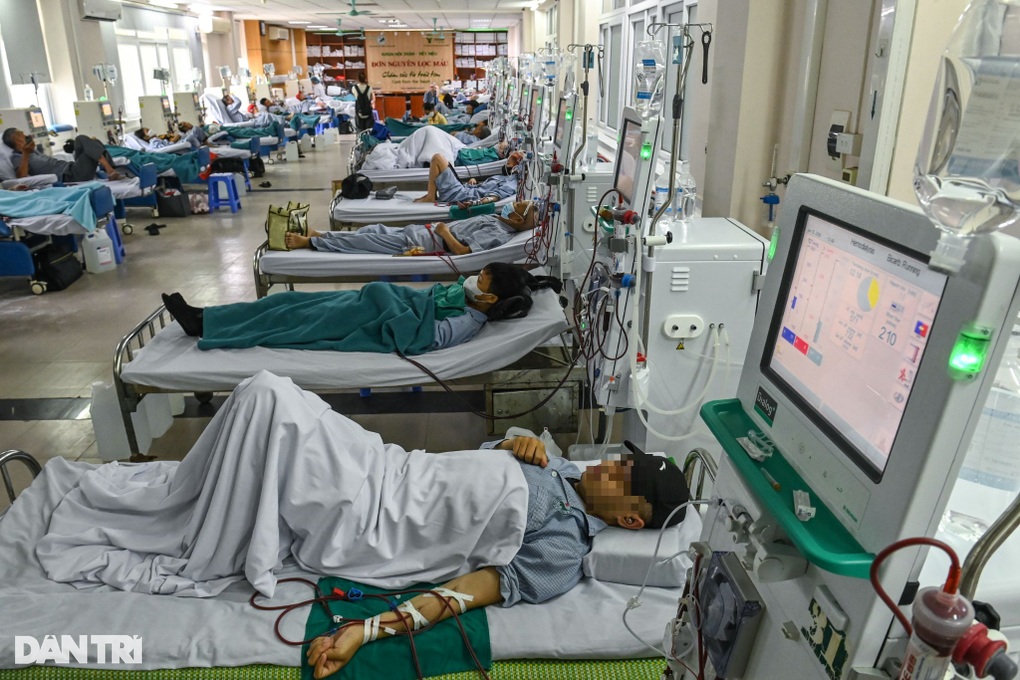
Kidney failure is increasingly occurring in younger people in Vietnam (Photo: Hai Long).
Chronic kidney failure usually develops slowly over time and is associated with conditions such as diabetes, high blood pressure, chronic glomerulonephritis, polycystic kidney disease, or autoimmune diseases.
To prevent kidney failure, in addition to a healthy lifestyle, regular health check-ups, especially for people with high risk factors such as diabetes and high blood pressure, are very important.
In stages 1 to 2, kidney failure is often asymptomatic, progressing slowly so it is difficult for patients to recognize it themselves. From stages 3 to 4, symptoms gradually appear. From stages 4 to 5, the progression is very rapid, patients must undergo dialysis to replace kidney function.
Therefore, regular check-ups are especially important. From there, doctors can detect and treat the disease to slow its progression as much as possible. Patients with kidney failure, when detected, need to be treated properly, treated in the right specialty, and must be consulted by a specialist.
Source: https://dantri.com.vn/suc-khoe/13-nam-song-mon-vi-chay-than-cua-co-gai-22-tuoi-20250617070615067.htm




![[Photo] Da Nang: Hundreds of people join hands to clean up a vital tourist route after storm No. 13](https://vphoto.vietnam.vn/thumb/1200x675/vietnam/resource/IMAGE/2025/11/07/1762491638903_image-3-1353-jpg.webp)








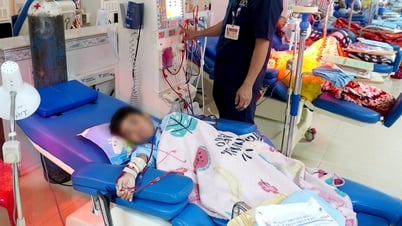






























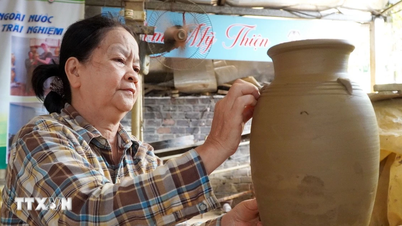





























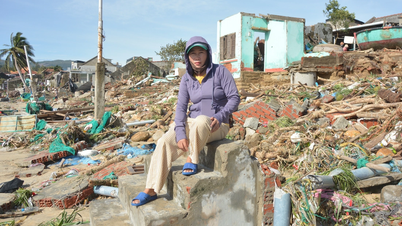


















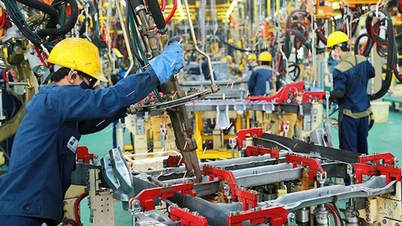












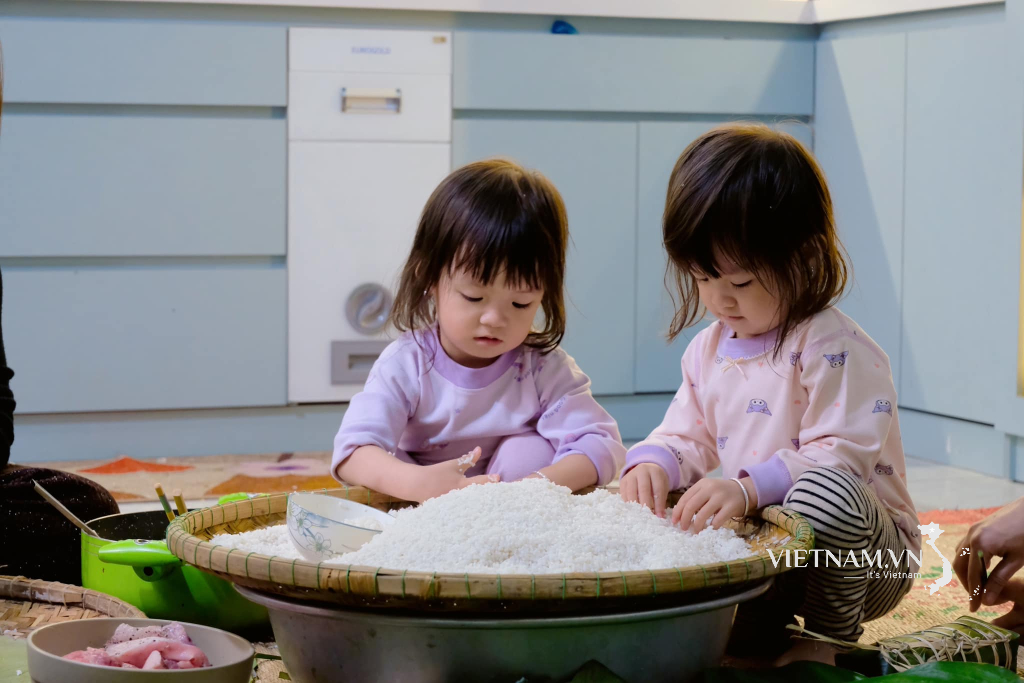



Comment (0)